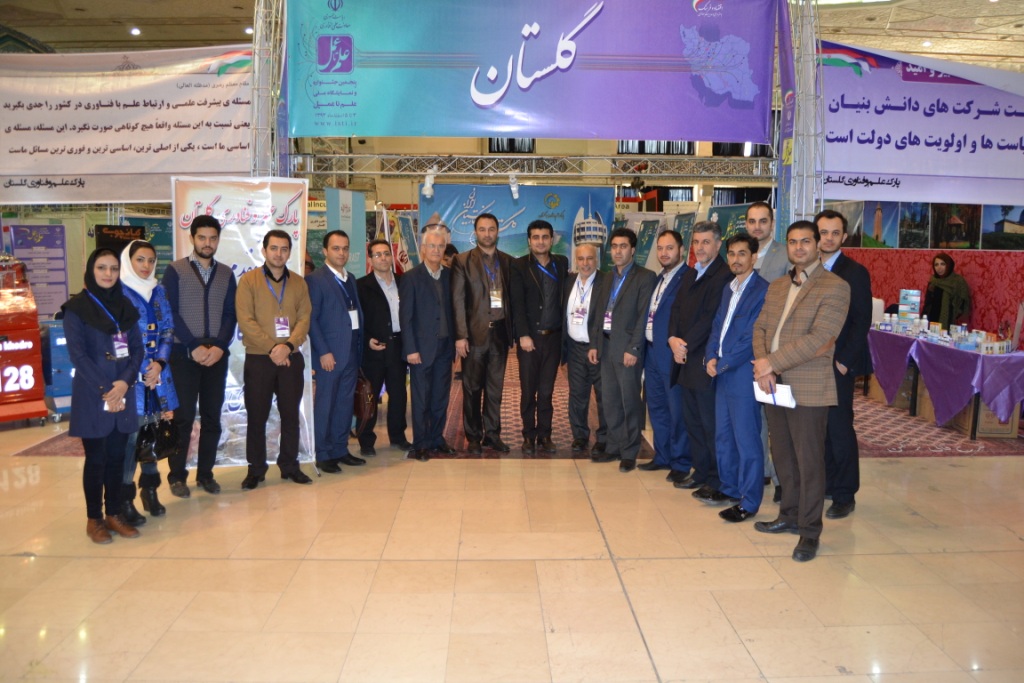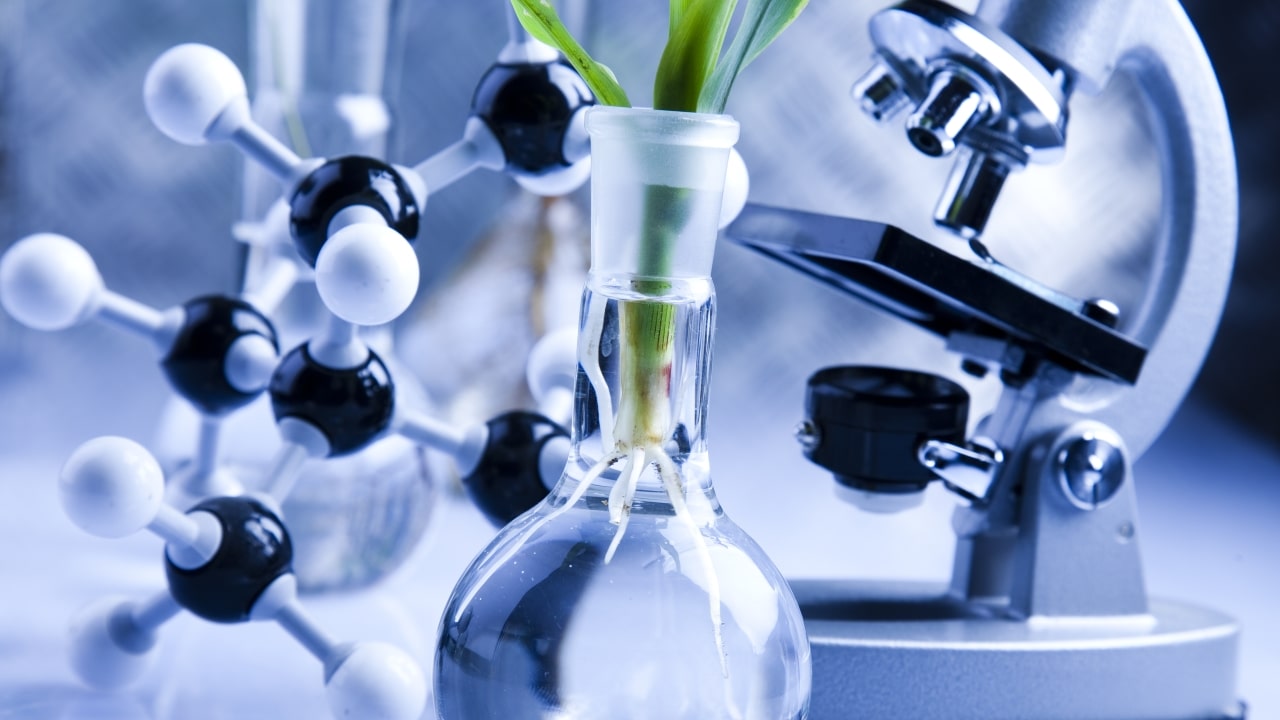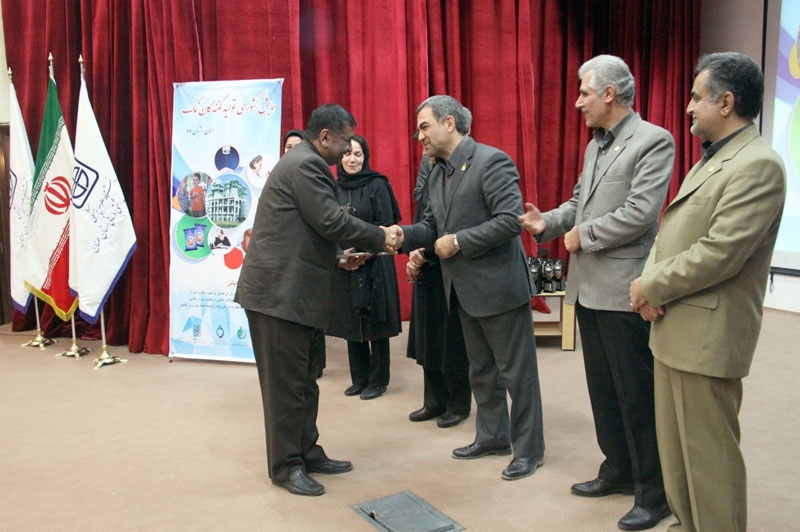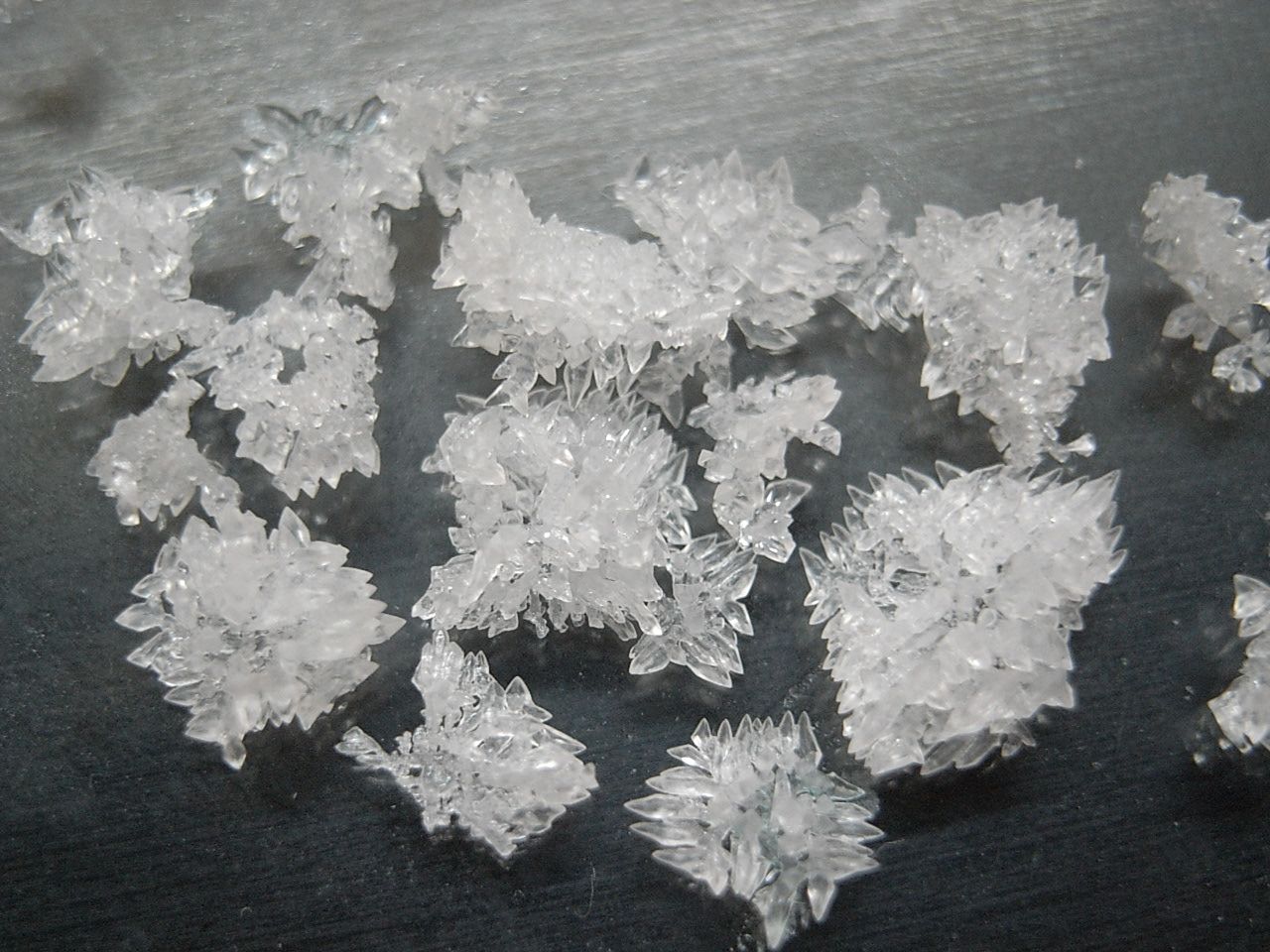Standard test method to determine water hardness value ASTM-D1126-02
Scope of application:
This test method includes determination of water hardness by titration method. This test method is suitable for waters that are clean in appearance and free from complexing compounds with calcium and magnesium.
The lowest amount that can be measured by this method is 2-5 mg/L in terms of sodium carbonate.
If the degree of hardness is very high, you can work with the same method by diluting the sample.
Interferers:
The items mentioned in the table below are the highest concentrations that do not cause interference in this method. This test method is not suitable for water that is strongly colored or causes the color change of the detector not to be accurately detected.

A = No data available.
B = Iron does not cause any interference at concentrations above 200 mg/L, but the red color of the endpoint may return after 30 seconds.
C = If a small amount of K4Fe(CN)6.3H2O is added to the buffer immediately before use, manganese does not cause any interference in concentrations above 10 mg/L.
D = Correct results can be obtained in the presence of 1 mg/L nickel, but the end point will be very slow in this case.
E = if strontium is present, it will be titrated together with calcium and magnesium.
Necessary reactants:
Ammonium hydroxide solution (1+4): Mix one volume of NH4OH (with a density of 0.9) with 4 volumes of water.
Buffer solution: Prepare the buffer solution in three steps:
Dissolve 40 grams of sodium tetraborate (Na2B4O7.10H2O) in 800 milliliters of water.
Dissolve 10 grams of sodium hydroxide, 10 grams of sodium sulfide (Na2S. 9H2O) and 10 grams of potassium sodium tartrate (KNaC4O6. 4H2O) in 100 ml of water. When it is cold, mix the two solutions and add one gram of magnesium disodium ethylene tetraacetate, which has a one to one molar ratio of magnesium to EDTA.
Bring the volume of the solution to one liter with water. Close the lid completely when this solution is not used. This solution lasts for one month.
Standard calcium solution (1 mL = 0.2 mg CaCO3): Dissolve 0.2 grams of calcium carbonate in 3-5 ml of hydrochloric acid (1+4) and add water to the volume of one liter.
Calcium detector: Hydroxynaphthol blue powder or milled with 40 to 50 mesh
Hardness identifier: The hardness indicator can be used as a powder or a solution made of it.
Hardness detector solution: Dissolve 5.0 grams of chrome black T in 50 ml of diethanolamine or triethanolamine. This solution should be kept in a dark glass container. Also, this solution can last for several months.
Hardness indicator powder: Mix 5.0 grams of ground chrome black tea with 100 grams of powdered sodium chloride. This powder should be kept in a dark glass container. This powder has a shelf life of up to one year.
Hydrochloric acid (4+1): Mix one volume of concentrated hydrochloric acid (19.1 density) with 4 volumes of water.
Disodium ethylene diamine tetraacetate (Na2H2EDTA) standard solution: (1 mL = 1.0 mg CaCO3)
Dissolve 8.3 grams of disodium ethylene diamine tetraacetate dihydrate in about 800 milliliters of water. Then adjust the pH value of the solution to 10.5 with sodium hydroxide 50g/L.
Determine the concentration of this solution using standard calcium solution. Store the standard EDTA solution in a polyethylene or plastic container. Re-standardize this solution every month.
Sodium hydroxide solution 50g/L: Dissolve fifty grams of sodium hydroxide in water and make it one liter.
Test method:
– Difficulty: Pour 50 ml of the clear sample into a clean Erlenmeyer flask. Depending on the initial pH of the sample, adjust the pH between 7-10 by adding NH4OH or HCl.
Add 5 ml of buffer and about 2.0 grams of detector powder or 2 drops of detector solution and slowly titrate with standard Na2H2EDTA and stir at the same time until the red color of the solution changes to blue.
Try to complete the titration within 5 minutes after increasing the buffer. If the titration requires more than 20 mL of Na2H2EDTA, dilute the test water sample and repeat the test twice.












